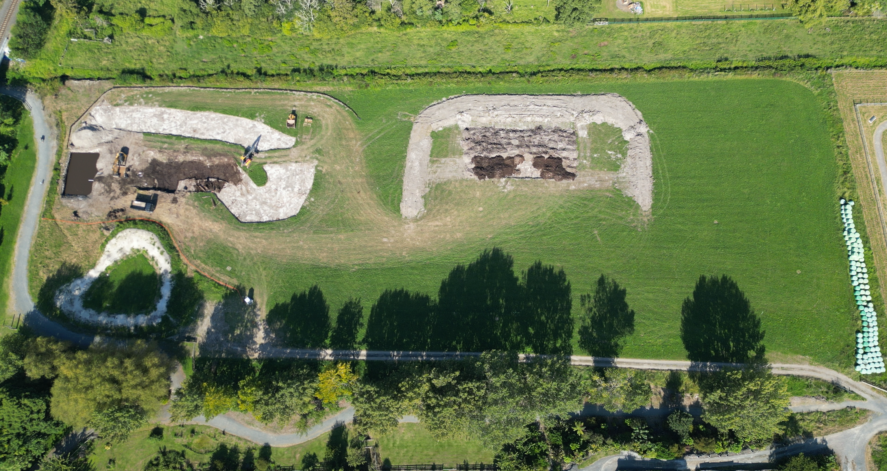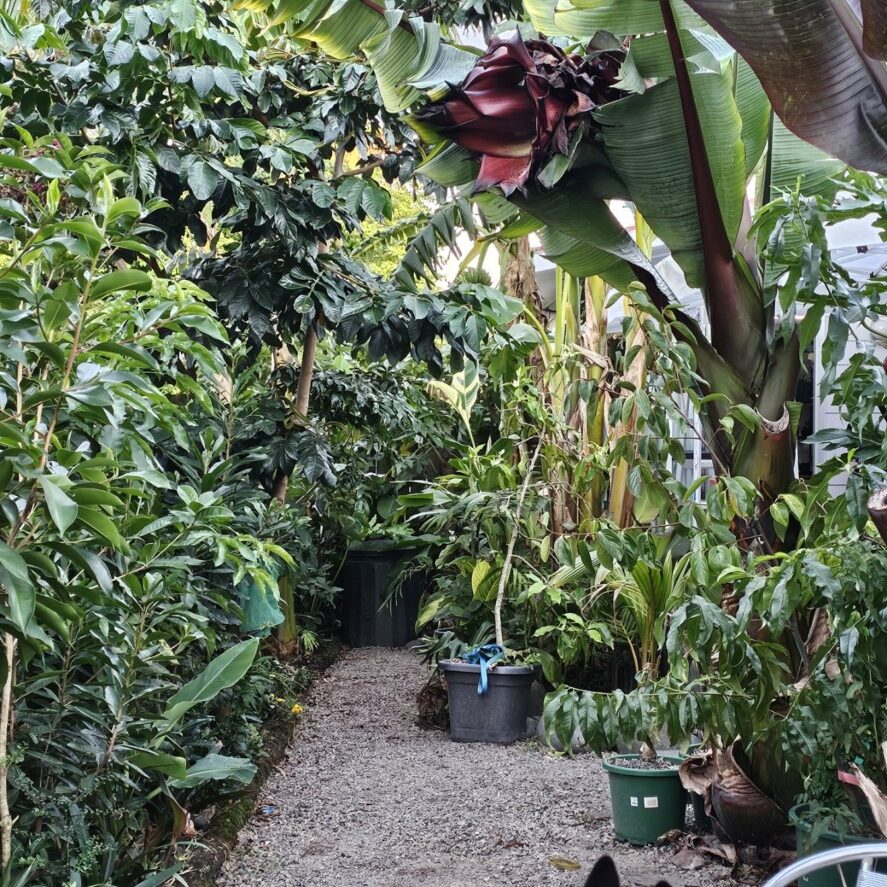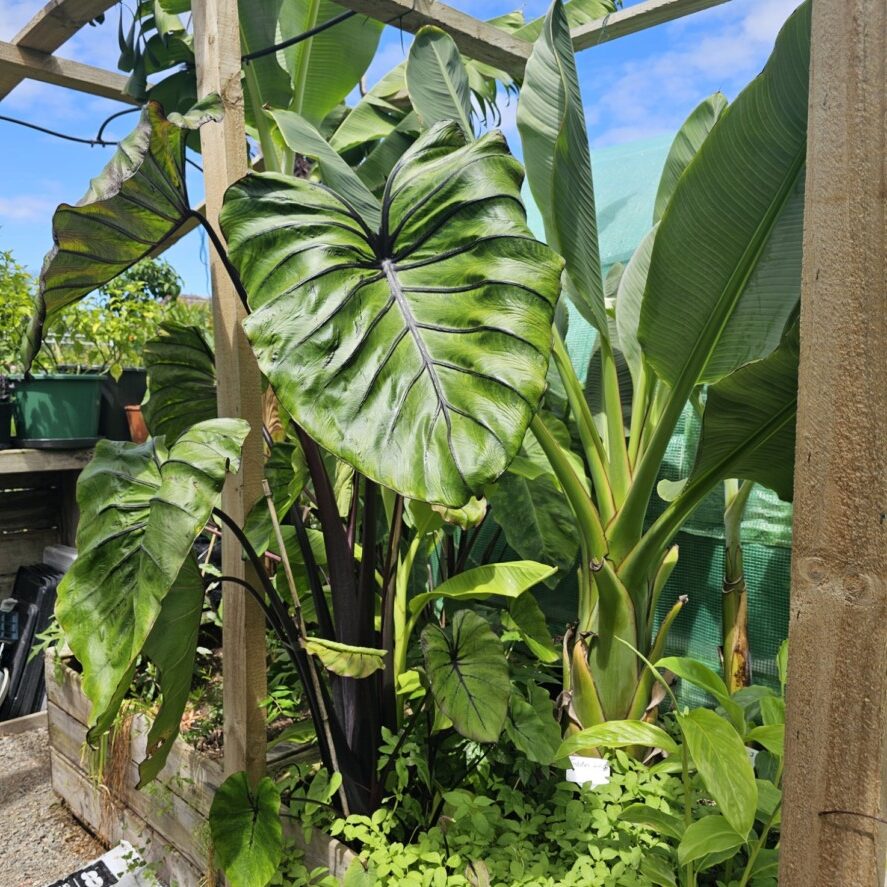-
Troppo Plant & Garden Articles
- Delicious Recipes
- TROPPO’s Food Forest in Te Puke, BOP (www,foodforest.org.nz)
- Troppo’s Plant Collection
- TROPPO's Nursery Directory
- Food Forests of New Zealand (www.foodforests.nz)
- Nursery Map - Plant Suppliers of NZ Directory (www.nurserymap.nz)
- Kids Garden Corner
- New Zealand Garden Bird Survey
- New Zealand Garden Groups
Fundamental Principles of Garden Design and Their Application in a New Zealand Home Garden

Designing a home garden involves more than just planting a variety of flowers, vegetables, and trees. Applying the principles of garden design—balance, proportion, unity, and rhythm—ensures that your garden is aesthetically pleasing, functional, and harmonious with its surroundings. Here’s how you can incorporate these principles into your home garden in a New Zealand setting.
Balance
Balance in garden design refers to creating a sense of equilibrium. This can be achieved through symmetrical or asymmetrical arrangements.
- Symmetrical Balance: This involves mirroring elements on either side of a central axis. It’s more formal and often seen in traditional gardens.
- Example: Planting identical trees or shrubs on either side of a pathway leading to the entrance of your home.
- Asymmetrical Balance: This involves creating balance through different elements that have equal visual weight but are not identical. It’s more dynamic and less rigid.
- Example: Placing a large tree on one side of the garden and balancing it with a group of smaller plants or a garden feature like a bench or birdbath on the other side.
Application in a New Zealand Garden:
- Utilize native New Zealand plants like Pohutukawa or Kōwhai for structural balance.
- Incorporate local materials such as river stones or ponga logs to achieve visual equilibrium.
Proportion
Proportion refers to the size relationship between different elements in the garden, ensuring that no part of the garden overwhelms another.
- Example: A large tree should not overshadow a small flower bed. Instead, place medium-sized shrubs or plants around the base of the tree to create a gradual transition in size.
Application in a New Zealand Garden:
- Consider the mature size of native plants like Flax (Harakeke) or Cabbage Tree (Tī Kōuka) to maintain proper proportion.
- Use terraces or raised beds to manage changes in elevation and ensure a balanced visual flow.
Unity
Unity in garden design means all elements work together to create a cohesive look. This can be achieved through repetition and consistency in plant selection, materials, and design styles.
- Example: Using a consistent color palette or repeating a particular plant species throughout the garden.
Application in a New Zealand Garden:
- Select a palette of native plants like Hebes and Manuka to create harmony.
- Use local materials for pathways and garden structures to ensure the garden feels integrated with the natural landscape.
Rhythm
Rhythm in a garden is about creating movement and guiding the eye through the space. This can be done by repeating elements like plants, colors, or textures at regular intervals.
- Example: Placing similar plants at regular intervals along a pathway or creating a sequence of blooming plants that flower at different times.
Application in a New Zealand Garden:
- Use native grasses like Toetoe or Carex to create flowing movement.
- Plan for seasonal interest by incorporating plants that bloom at different times, ensuring year-round visual interest.
Applying These Principles
- Site Analysis: Assess your garden site, considering factors like soil type, sunlight, and existing vegetation. In New Zealand, consider the local microclimate and prevailing winds.
- Design Layout: Sketch a layout of your garden, placing major elements like trees, shrubs, and garden structures first. Ensure that you maintain balance, proportion, unity, and rhythm in your layout.
- Plant Selection: Choose plants that are suited to the New Zealand climate and your specific garden conditions. Native plants are often a good choice as they are adapted to local conditions and support native wildlife.
- Pathways and Structures: Incorporate pathways, seating areas, and garden features in a way that complements the overall design. Use materials that blend with the natural surroundings, like local stone or timber.
- Maintenance Planning: Design your garden in a way that considers long-term maintenance. Group plants with similar water and sunlight needs together to simplify care.
By thoughtfully applying the principles of balance, proportion, unity, and rhythm, you can create a home garden that is not only beautiful and functional but also in harmony with the unique environment of New Zealand.














